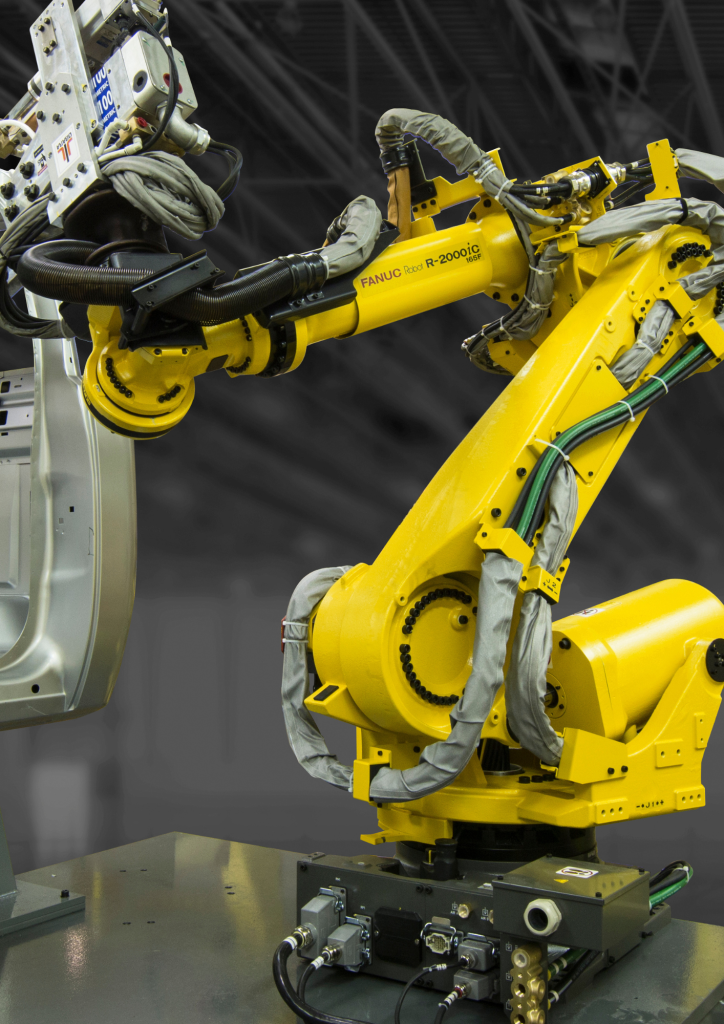Robotic arms, at heart of modern production and manufacturing have been transforming the norms in a way that was previously impossible to imagine. They combine accuracy, safety and efficacy. Robot arms are technological marvels that have become essential in various industries throughout the world. They were invented to cut operating costs and ensure high-quality standards. Integration of robotic arms in the production lines allows companies to not just cut costs, but also enhance the safety of workers and increase productivity. Discover how these revolutionary robots have transformed the landscape of industrial production.
Cost-effectiveness is the primary driver behind the use of robotic arms around the world. The demands on factories to cut down production errors, material waste and workplace accidents is relentless. Robotic arms are able to tackle these challenges. Robot arms eliminate costly mistakes, and reduce waste of raw materials by performing repetitive tasks more precise than humans. Robots are used in high-volume industries, such as the automotive industry to ensure perfect assembly. This accuracy can result in substantial savings, as fewer defective parts means less rework and waste.

Image credit: automatedsolutions.com.au
Safety is another cornerstone of the robot arm revolution. Human workers are in danger when they perform a range of jobs in manufacturing, such as working with hazardous materials or using large machinery. With the help of robot arms, employers can keep employees out of hazardous environments, significantly decreasing the chance of injuries sustained in the workplace. A robotic arm, designed as a kinematic chain of movable joints, mimics the functionality of a human arm but operates without the risk of physical harm. The machines come with robotic hands or programmable end-effectors. They are capable of performing tasks such as grasping, spinning and welding under conditions that make it dangerous for humans.
Robotic arms can be an exciting development in many industries due to their ability. Robot arms are adaptable to various tasks. From assembly of automobiles, to electronic production. They can handle complex operations with unparalleled precision, such as machine tool tending and painting. In the field of warehousing, robot arms have revolutionized palletizing by making it easier to load goods onto pallets with precision and speed. This automation not only boosts efficiency, but also guarantees high reliability as robots can operate tirelessly without fatigue.
Cobots are a new breed of robots that operate in tandem with humans. As opposed to traditional industrial machines that are limited to isolated cells, the cobots that are equipped with robotic arms are engineered for a safe, seamless interplay with humans. Cobots with robotic arms can be used to complete repetitive or heavy lifting tasks in a factory that allows humans to focus on more complicated tasks. The robots can slow down or alter their movements whenever they notice a worker in the vicinity.
The significance of robotic arms goes beyond safety and efficiency, into the very foundation of modern manufacturing. They are crucial for industries that require extreme accuracy in tasks like welding, assembly or material handling. In automotive production such as assembly, a robot arm can turn and move components during assembly to ensure that they are aligned perfectly without the need for human intervention. In electronics, robots are used to manipulate fragile components, which minimizes damages and improves the quality of output.
As industries evolve robotic arms’ importance will continue to grow. Since they can lower costs, improve safety and adjust to various tasks, robotic arms are essential to the future of manufacturing. Combining cutting-edge technology with human ingenuity, robot arms are more than just instruments. They’re partners who drive forward the way we design our environment.